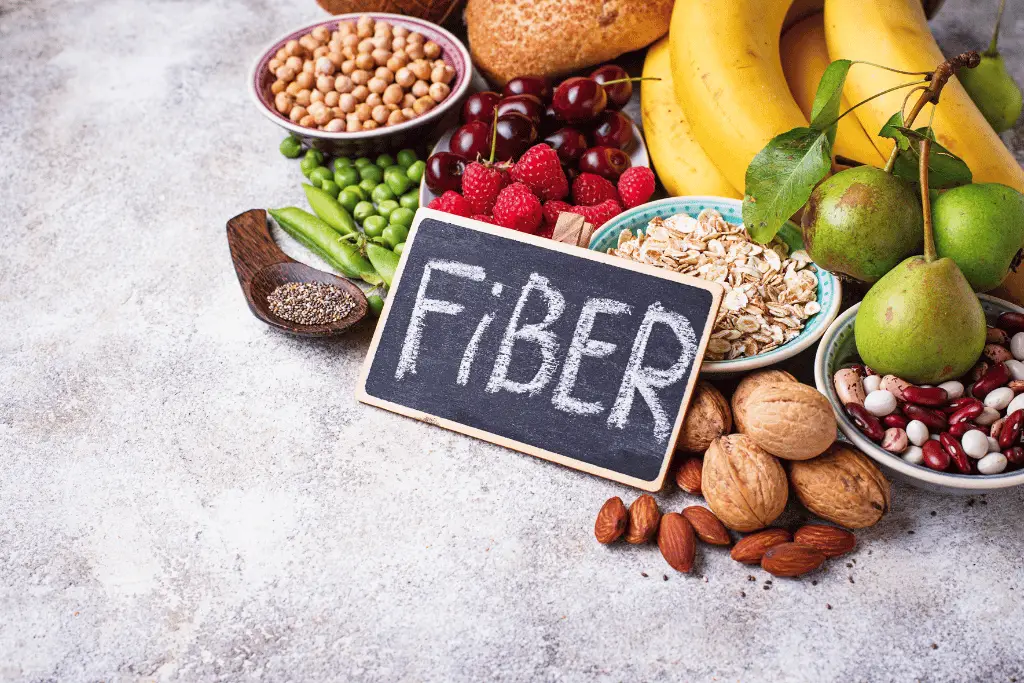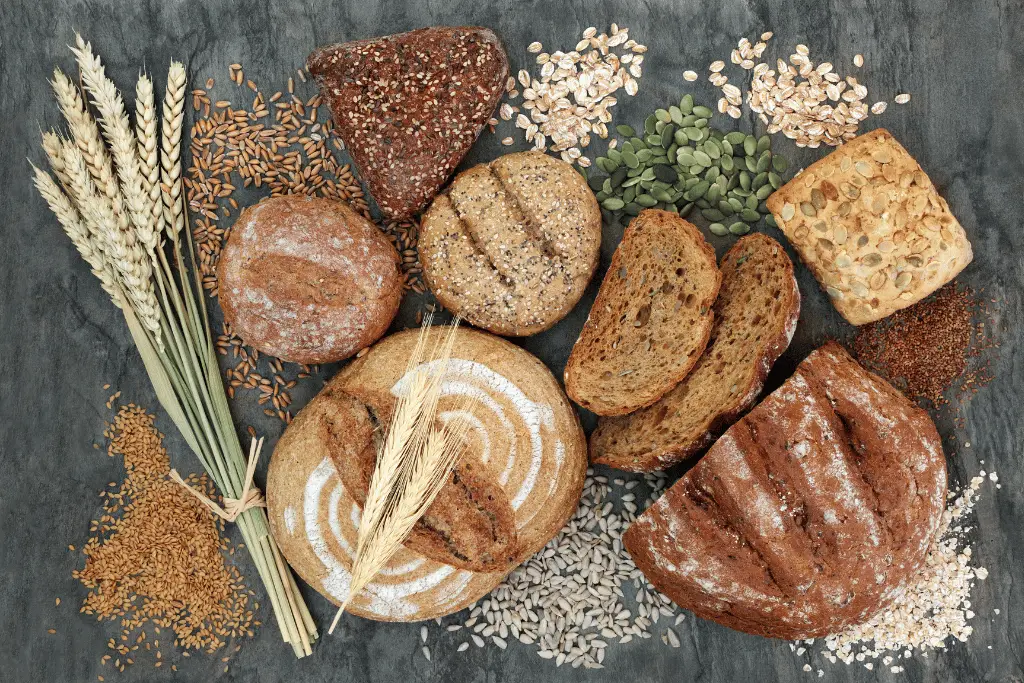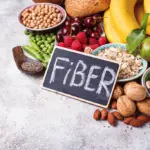
Grasping the optimal timing for fiber intake can profoundly enhance your health and well-being. Fiber, a vital component of a balanced diet, plays numerous roles in maintaining and improving bodily functions. By strategically timing your fiber consumption, you can harness its full benefits, which include improved digestion, regulated blood sugar levels, and enhanced satiety that aids in weight management. This article aims to provide a comprehensive guide to the best times for consuming fiber, tailored to fit various lifestyles and dietary needs. It will explore the benefits of morning, midday, and evening fiber intake, and how each can impact your energy levels, digestive health, and overall nutritional balance.
Additionally, we’ll look at specific considerations for those with unique dietary requirements, such as athletes or individuals with digestive disorders, and offer expert insights to help you incorporate fiber effectively into your daily routine. Through this detailed exploration, you’ll be equipped with the knowledge to optimize your fiber intake for maximum health benefits.
Understanding Dietary Fiber
Dietary fiber, a crucial component of a healthy diet, is often categorized into two types: soluble and insoluble. Each type offers unique health benefits, making it essential to include both in your daily diet.
Types of Fiber: Soluble vs. Insoluble
Soluble fiber dissolves in water to form a gel-like substance. It is found in foods like oats, beans, apples, and citrus fruits. Soluble fiber can help lower blood cholesterol and glucose levels, making it beneficial for heart health and diabetes management.
Insoluble fiber, on the other hand, does not dissolve in water. It adds bulk to the stool and helps food pass more quickly through the stomach and intestines. This type of fiber is found in whole grains, nuts, beans, and vegetables like cauliflower, green beans, and potatoes. Insoluble fiber is particularly effective in preventing constipation and promoting regular bowel movements.
Health Benefits of Fiber
Both types of fiber play a significant role in maintaining health. High-fiber diets are associated with a lower risk of developing various conditions, including heart disease, diabetes, diverticular disease, and constipation. Fiber also aids in weight management by promoting satiety, which helps control appetite and reduces overall calorie intake.
Morning Intake of Fiber

Many experts believe that starting your day with fiber can set a positive tone for your digestive health and overall energy levels.
Benefits of Taking Fiber in the Morning
Taking fiber in the morning can have several advantages. It helps stabilize blood sugar levels, preventing mid-morning energy crashes. A fiber-rich breakfast can keep you feeling full longer, reducing the likelihood of overeating later in the day. Additionally, starting the day with fiber can promote regular bowel movements, helping to prevent constipation.
Fiber-Rich Breakfast Ideas
Incorporating fiber into your breakfast can be simple and delicious. Here are some ideas:
- Oatmeal: A bowl of oatmeal topped with fruits like berries, apples, or bananas, and a sprinkle of chia seeds or flaxseeds.
- Smoothies: Blend your favorite fruits with a handful of spinach or kale, adding a spoonful of chia seeds or flaxseeds for extra fiber.
- Whole Grain Toast: Enjoy whole grain toast with avocado, a poached egg, or a spread of nut butter.
- Greek Yogurt Parfait: Layer Greek yogurt with high-fiber fruits, nuts, and a sprinkle of granola.
Fiber at Lunchtime
Midday fiber consumption can sustain energy levels and promote digestive health, making lunchtime an important opportunity to include fiber.
Advantages of Midday Fiber Consumption
Consuming fiber at lunchtime can help maintain energy levels throughout the afternoon. It can prevent the post-lunch slump by keeping blood sugar levels stable. Additionally, a fiber-rich lunch can aid in digestion and keep you feeling full until dinner, reducing the temptation for unhealthy snacking.
Best Lunchtime Fiber Sources
Incorporate these high-fiber foods into your lunch for a nutritious boost:
- Salads: Create a salad with a variety of vegetables, beans, and whole grains like quinoa or farro.
- Sandwiches: Use whole grain bread and include plenty of vegetables, such as lettuce, tomatoes, cucumbers, and sprouts.
- Soups: Opt for soups made with lentils, beans, or vegetables. Add barley or brown rice for extra fiber.
- Buddha Bowls: Combine a mix of grains, legumes, and vegetables in a bowl, topped with a healthy dressing.
Evening Fiber Consumption

While evening might not be the most common time to think about fiber intake, it can still be beneficial depending on your dietary needs and lifestyle.
Pros and Cons of Evening Fiber Intake
Taking fiber in the evening can help promote regularity, particularly if you struggle with constipation. However, for some people, consuming high amounts of fiber close to bedtime might cause digestive discomfort, such as bloating or gas. It’s essential to listen to your body and adjust your intake accordingly.
Dinner Recipes with High Fiber Content
Here are some dinner ideas to help you incorporate fiber into your evening meal:
- Vegetable Stir-Fry: Use a variety of colorful vegetables, tofu or tempeh, and serve over brown rice or quinoa.
- Chili: Make a hearty chili with beans, tomatoes, and vegetables. Serve with a side of whole grain bread.
- Stuffed Peppers: Fill bell peppers with a mixture of quinoa, black beans, corn, and spices, then bake until tender.
- Whole Grain Pasta: Choose whole grain pasta and add a sauce made with plenty of vegetables and legumes.
Timing Fiber with Exercise
For those who exercise regularly, the timing of fiber intake can play a crucial role in optimizing performance and recovery.
Pre-Workout Fiber Considerations
Eating a high-fiber meal immediately before exercise might not be ideal, as fiber can slow digestion and potentially cause discomfort. It’s generally recommended to consume fiber-rich foods at least 2-3 hours before a workout to allow adequate digestion and prevent gastrointestinal issues.
Post-Workout Fiber Benefits
Post-workout is a great time to refuel with a balanced meal that includes fiber. It can help replenish glycogen stores, support muscle recovery, and keep you feeling full. Including fiber in your post-workout meal can also aid in digestion and prevent constipation.
Fiber and Digestive Health
Fiber is well-known for its benefits to digestive health, but the timing of intake can influence these benefits.
Impact of Fiber Timing on Digestion
Consistent fiber intake throughout the day is key to maintaining digestive health. However, spacing out fiber consumption can prevent digestive discomfort and promote better absorption of nutrients. Sudden increases in fiber intake can lead to bloating and gas, so it’s essential to gradually increase your fiber consumption and drink plenty of water.
Tips for Avoiding Digestive Discomfort
To avoid digestive discomfort, consider these tips:
- Gradual Increase: Slowly increase your fiber intake over a few weeks to allow your digestive system to adjust.
- Hydration: Drink plenty of water to help fiber move through your digestive tract.
- Balance: Include a mix of soluble and insoluble fiber in your diet.
- Regular Meals: Eat smaller, more frequent meals instead of large, infrequent ones.
Special Considerations
Certain populations and health goals may require specific timing for fiber intake.
Fiber Timing for Weight Management
For those looking to manage their weight, fiber can be particularly beneficial. Consuming fiber-rich foods throughout the day can help control appetite and reduce overall calorie intake. A fiber-rich breakfast can set the tone for healthy eating habits, while fiber at lunch and dinner can promote satiety and prevent overeating.
Fiber Intake for Different Age Groups
Children, adults, and the elderly may have different fiber needs and considerations. For children, incorporating fiber into snacks and meals can promote healthy growth and prevent constipation. Adults should aim for consistent fiber intake to support overall health and prevent chronic diseases. The elderly might benefit from softer, easier-to-digest fiber sources like cooked vegetables and stewed fruits, as well as adequate hydration to prevent constipation.
Expert Recommendations

For personalized advice, consulting with a healthcare professional or nutritionist can provide valuable insights.
Insights from Nutritionists
Nutritionists often recommend spreading fiber intake throughout the day to maximize its benefits and minimize discomfort. They emphasize the importance of a balanced diet that includes a variety of fiber sources.
Personalized Fiber Timing Strategies
Personalized strategies might include tailoring fiber intake to your specific lifestyle, dietary preferences, and health goals. For example, athletes might need to adjust their fiber intake around training sessions, while individuals with specific digestive conditions might require specialized guidance.
Conclusion
Understanding the best time to take fiber can help you optimize its health benefits and improve your overall well-being. By incorporating fiber-rich foods into your diet at strategic times throughout the day, you can support digestion, maintain energy levels, and promote long-term health. Whether you prefer fiber in the morning, at lunch, in the evening, or around your workouts, the key is consistency and balance.






